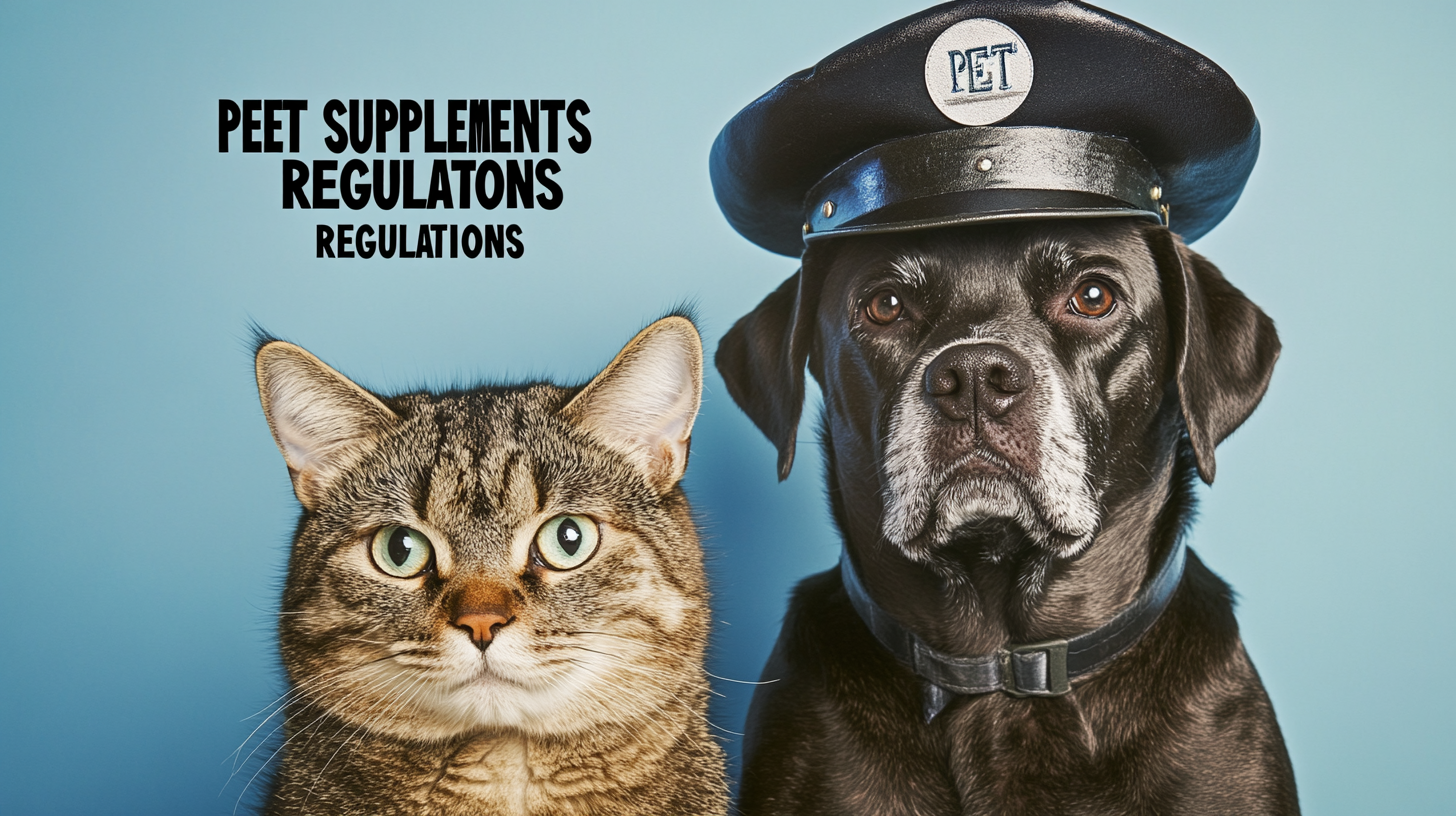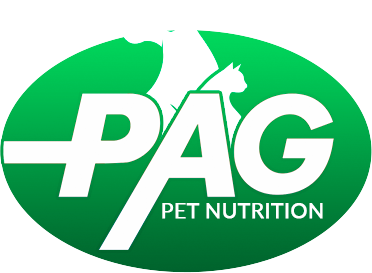
03 Apr Navigating Pet Supplement Regulations in the USA A Compliance Guide for B2B Brands
Introduction
The pet supplement industry is experiencing rapid growth, with pet owners increasingly seeking nutritional supplements to support their animals’ overall health. However, pet food products, animal supplements, and dietary supplement products must comply with strict regulations to ensure food safety and efficacy.
In the United States, pet supplements fall under multiple regulatory frameworks, including the Federal Food, Drug, and Cosmetic Act (FD&C Act), guidelines set by the Food and Drug Administration (FDA), and standards from the Association of American Feed Control Officials (AAFCO). These regulations determine whether a product is categorized as animal food, animal health supplements, or an animal drug.
For B2B brands, understanding federal regulations, food additive approval requirements, labeling regulations, and pre-market approval processes is essential for legal compliance and market success. This article provides an in-depth look at pet supplement regulations in the USA, outlining key compliance factors, challenges, and best practices.
1. The Regulatory Landscape of Pet Supplements in the USA
1.1 How Are Pet Supplements Regulated?
The FDA’s Center for Veterinary Medicine (CVM) oversees animal food, animal supplements, and animal drugs. Unlike human dietary supplements, which are regulated under the Dietary Supplement Health and Education Act (DSHEA), pet dietary supplements are classified as either animal food or animal drugs based on their intended use.
-
Animal Food (Pet Food and Treats): Products that provide nutritive value fall under the animal food category. This includes dog food, pet treats, and other pet food products.
-
Animal Health Supplements: These products contain ingredients that support specific health benefits but are not intended to treat, mitigate disease, or cure medical conditions.
-
Animal Drugs: If a product claims to cure, treat, or prevent diseases, it is classified as a new animal drug and requires FDA approval through a New Animal Drug Application (NADA).
1.2 The Role of AAFCO and NASC
-
AAFCO (Association of American Feed Control Officials): Develops labeling regulations and establishes uniform definitions for animal food ingredients.
-
NASC (National Animal Supplement Council): Focuses on quality assurance for animal health supplements, ensuring truthfully labeled products.

2. FDA Regulations and Compliance Requirements
2.1 The FD&C Act and Its Impact on Pet Supplements
The Federal Food, Drug, and Cosmetic Act (FD&C Act) provides the legal foundation for FDA regulation of animal food products, pet food, and animal health supplements. Under this act:
-
Pet supplements must not contain harmful substances or harmful or deleterious substances that could pose risks to animals.
-
Animal food must be deemed safe, truthfully labeled, and free from adulteration.
-
New animal drugs require pre-market approval, including extensive safety and efficacy testing.
2.2 Food Additive Regulations
Food additives play a crucial role in pet supplements and pet food products. According to federal regulations, any food additive must be either:
-
Generally Recognized as Safe (GRAS): Ingredients that experts agree are safe for consumption.
-
Approved Food Additives: Substances requiring FDA food additive approval for inclusion in animal food products.
Failure to comply with food additive regulations can result in the product being deemed adulterated, leading to regulatory action.
3. Labeling Requirements for Pet Supplements
3.1 Mandatory Labeling Elements
Animal food labels must include: ✅ Product Name and Brand
✅ Guaranteed Analysis (Nutrient Content)
✅ Ingredient List (Only Approved Ingredients)
✅ Purpose Statement (e.g., “Supports Joint Function”)
✅ Manufacturer Information
✅ Warnings (If Applicable)
3.2 Restrictions on Health Claims
Regulatory agencies prohibit misleading claims on pet supplement labels. Brands must be cautious when making functional health claims, such as:
Allowed Claims
Prohibited Claims
“Supports Urinary Tract Health”
“Prevents Kidney Disease”
“Promotes Joint Function”
“Treats Arthritis in Dogs”
“Enhances Dental Health”
“Cures Gum Disease”
Making unauthorized disease claims can result in regulatory action, fines, or product recalls.
4. FDA Approval Process for New Animal Drugs
4.1 When Is Pre-Market Approval Required?
If a pet supplement is classified as a new animal drug, it must undergo FDA’s New Animal Drug Application (NADA) process. This includes:
-
Animal Drug Application Submission: Providing scientific data proving safety and efficacy.
-
Clinical Trials and Laboratory Testing: Ensuring the product is safe for companion animals.
-
Manufacturing Facility Inspection: Meeting GMP (Good Manufacturing Practices) and food safety standards.
5. Challenges in the Pet Supplement Industry
5.1 Regulatory Complexity
With different classifications for pet supplements, pet food, and animal drugs, B2B brands must navigate complex compliance pathways.
5.2 Market Saturation
The increasing number of animal supplement industry players intensifies competition, making differentiation and compliance essential.
5.3 Ingredient Restrictions
-
Some ingredients require FDA approval, while others are restricted.
-
Chondroitin sulfate, a popular joint supplement ingredient, is not GRAS when intended for disease treatment.

6. Future Trends and Regulatory Developments
6.1 Stricter Labeling and Compliance Measures
As regulations tighten, brands must:
✅ Ensure compliance with updated AAFCO labeling guidelines.
✅ Adopt transparent marketing practices to prevent misbranding.
✅ Avoid misleading disease claims in pet dietary supplements marketing.
6.2 Growth of Natural and Organic Pet Supplements
Consumer demand for natural, organic, and clean-label pet supplements is rising. Future regulations may:
-
Encourage stricter approval of synthetic additives.
-
Require more detailed ingredient sourcing documentation.
6.3 International Compliance Challenges
For brands expanding internationally, understanding global pet supplement regulations is crucial. Some challenges include:
-
EU’s Feed Additives Regulation requiring scientific validation of ingredient safety.
-
China’s SAMR registration process, which mandates pre-market approval.

